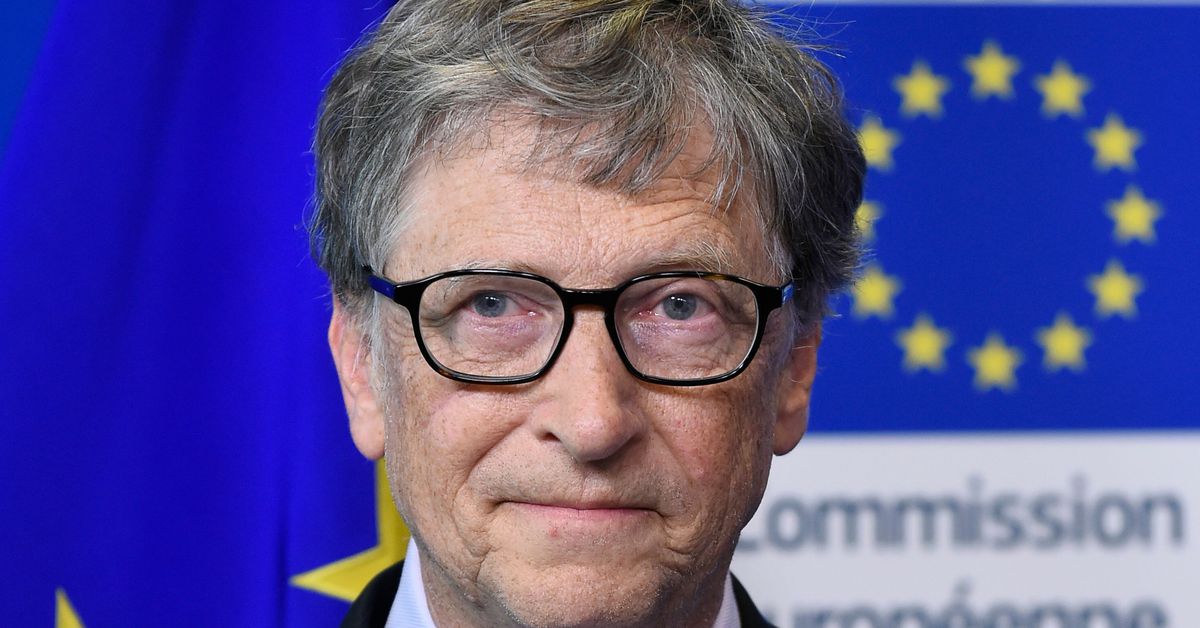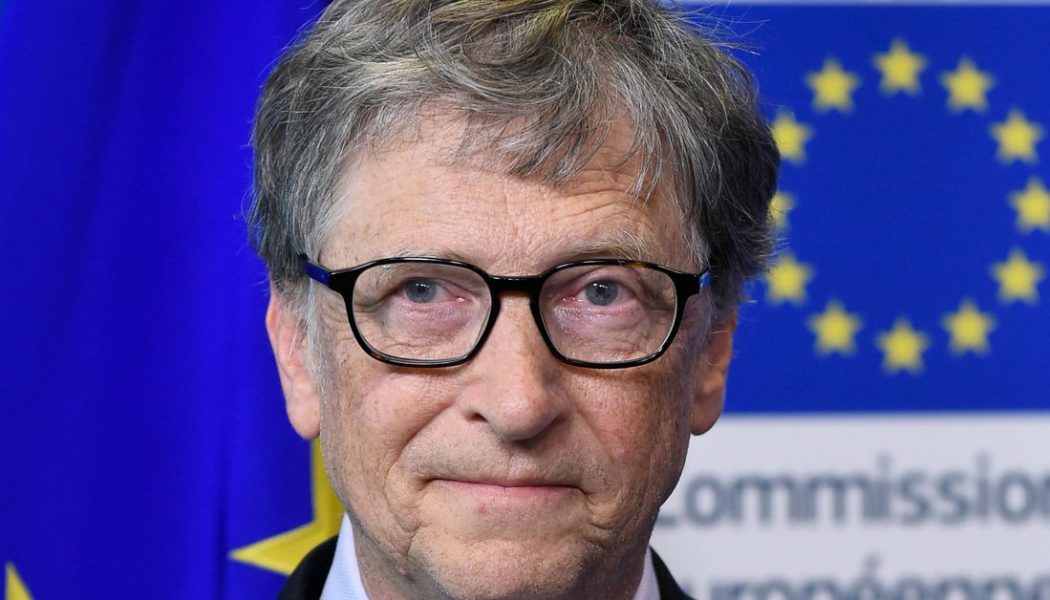
Bill Gates’ climate investment fund is moving forward with plans to funnel billions of dollars into emerging green technologies. This week, the fund, Breakthrough Energy, put out a Request for Proposals for projects in Europe through Breakthrough Energy’s Catalyst program. It comes after the Catalyst program released its first RFP for similar projects in the US last month.
The Catalyst program, launched last June with the aim of enabling a zero-carbon economy through public-private partnerships, says it has fundraised $1.5 billion over the past six months and hopes to raise $3 billion by the middle of next year. It plans to use that money to boost four different kinds of technologies: green hydrogen fuels, sustainable aviation fuels, energy storage, and tech that captures carbon dioxide in the air.
Back in August, Gates said that the Catalyst program would funnel $1.5 billion over three years into joint projects with the US Department of Energy if Congress passed a bipartisan infrastructure bill. That public-private partnership could trigger up to $15 billion in investments in the US, Catalyst estimated in August.
Biden signed that bill into law in November, unlocking $1.2 trillion in investments — including tens of billions of dollars to promote electric vehicles, update airports, makeover the power grid, build out “hubs” for clean hydrogen, and direct air capture and pipelines for captured carbon.
Now, Breakthrough Energy Catalyst says it’s poised to follow through on its funding pledge. The amount it ultimately gives, however, will depend on how promising the projects are. It plans to dole out funds for the first group of technologies over the next five years or so. “We feel very confident that the US has projects that would represent more than a billion and a half dollars of investment from Catalyst, but I don’t want to say they definitely will until we start evaluating those,” Breakthrough Energy managing director Jonah Goldman tells The Verge. “We’re not going to just give a billion and a half — these are serious, rigorous project evaluation processes that have to go on.”
The projects that Catalyst ultimately selects in Europe might also be eligible for additional funds from the European Commission and European Investment Bank. Altogether, Breakthrough Energy hopes that the public-private partnership can mobilize $1 billion USD for European projects between 2022 and 2027. The fund also has plans to release an RFP for the UK this year, followed by funding opportunities for other parts of the world.
“Critical for all these climate technologies is to get the costs down and to be able to scale them up to a pretty gigantic level,” Gates told The Wall Street Journal in August.
Technology that removes CO2 from the air, called direct air capture, is a potent example of how much investment is needed. Today, this technology is in a very early stage and is very expensive. Microsoft, which pledged in 2020 to reduce and draw down more carbon dioxide than the company emits by the end of the decade, might have faced a bill of $9.6 billion to remove the company’s 2020 emissions. To help bring costs down and make good on its commitment, Microsoft also launched a $1 billion Climate Innovation Fund. But far more investment will be needed for the tech to become cheap and widely available. The other technologies that Gates’ Catalyst Program focuses on will similarly need a lot of help to get off the ground.









